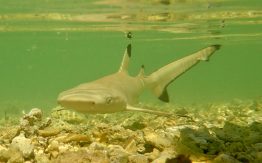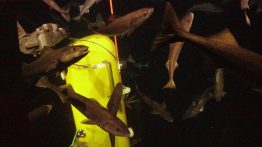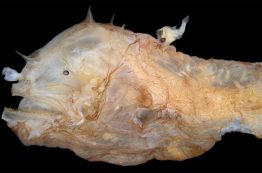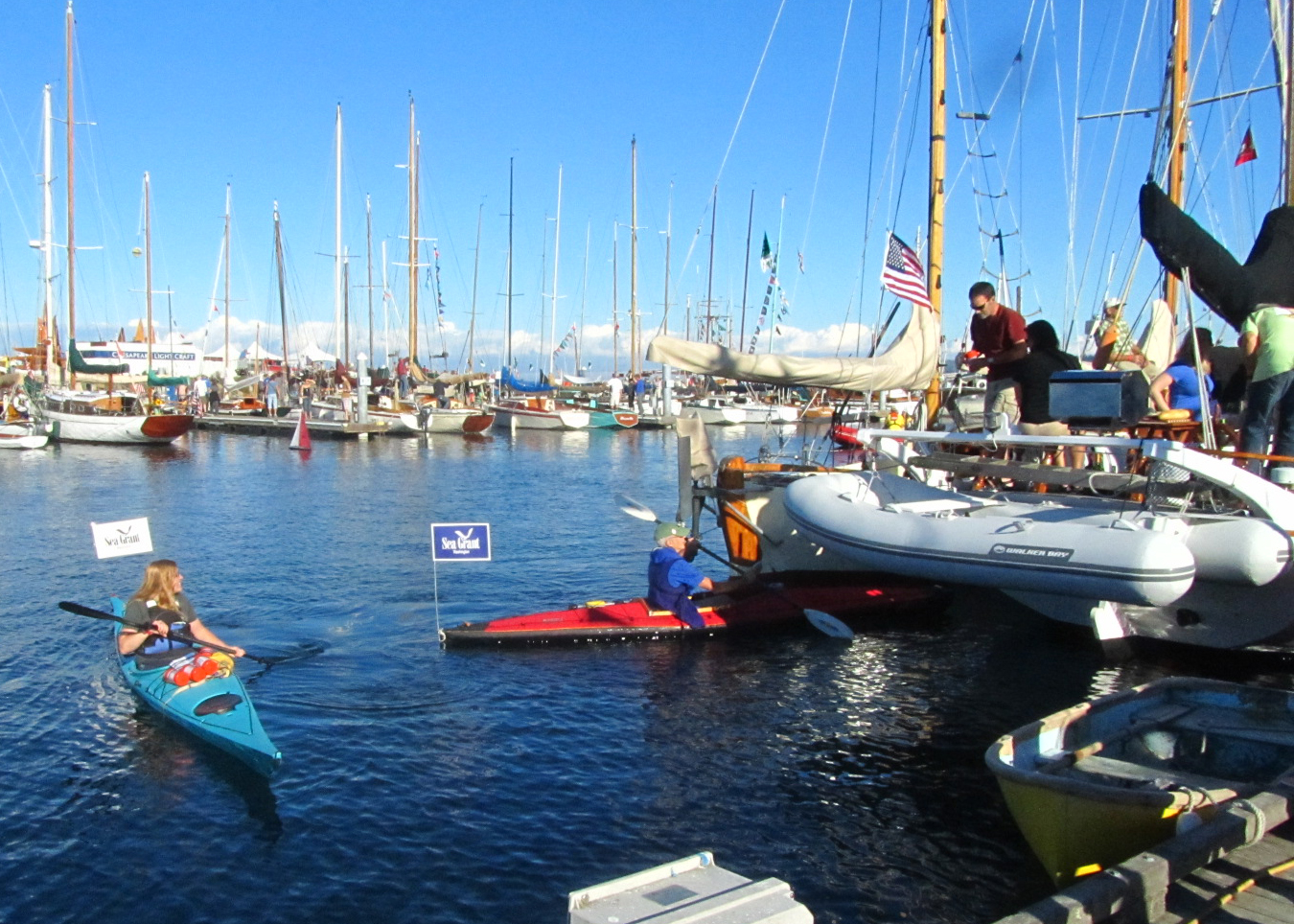For centuries, armor has protected warriors in combat, providing a defensive barrier and preventing damage to whatever is underneath its protective shell. It has seen many iterations as the years go on, always improving and allowing for more agility while decreasing in weight with the advancement of technologies allowing for better materials. That is exactly how armor on fish has changed over time, evolving from the clunky thick head shields seen on the earliest fishes to the scales we now see on modern fish.
Read more »Global study reveals hope for recovery in declining shark populations
In a first-of-its-kind study published in Nature, scientists report on the conservation status of reef shark populations worldwide. The results are grim; reef sharks have become rare at numerous locations that used to be prime habitat, and in some cases sharks may be absent altogether. A long history of human exploitation is the culprit, with depleted shark populations strongly tied to socio-economic conditions, lack of governance and the proximity of reef environments to large human population centers.
Read more »Big ships and underwater robots: heading out to sea with the Ocean Observatories Initiative
It’s summertime, and that means scientists across the University of Washington College of the Environment are in the field collecting data. Researchers in the School of Oceanography are no different and are working off the Oregon coast on their annual expedition to maintain the long-running cabled ocean observatory. Part of the broader National Science Foundation’s Ocean Observatories Initiative (OOI), UW oversees the Regional Cabled Observatory that spans several sites in Pacific Northwest waters, ranging from shallow coastal locales to deeper waters in the open ocean more than 300 miles offshore.
Read more »Deep-sea anglerfishes have evolved a new type of immune system
Deep-sea anglerfishes employ an incredible reproductive strategy. Tiny dwarfed males become permanently attached to relatively gigantic females, fuse their tissues and then establish a common blood circulation. In this way, the male becomes entirely dependent on the female for nutrient supply, like a developing fetus in the womb of a mother or a donated organ in a transplant patient. In anglerfishes, this unusual phenomenon is called “sexual parasitism” and contributes to the reproductive success of these animals living in the vast space of the deep sea, where females and males otherwise rarely meet.
Read more at UW News »Keeping our beaches clean and healthy with Washington Sea Grant
You might not know it, but danger for saltwater plants and animals lurks on every single beach — from the white sand beaches of the Caribbean to the rockier beaches found along the Washington coastline, and every beach in between. Plastic debris and other trash left behind by beachgoers ends up in the sand and water, eventually making their way into the stomachs or around the necks of our favorite marine animals.
Read more »





